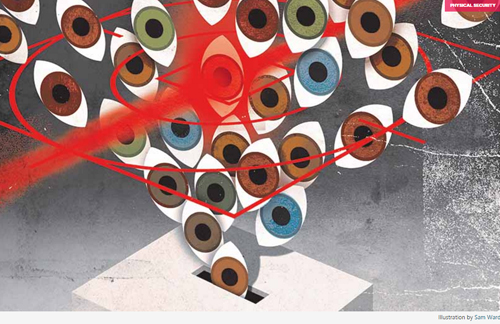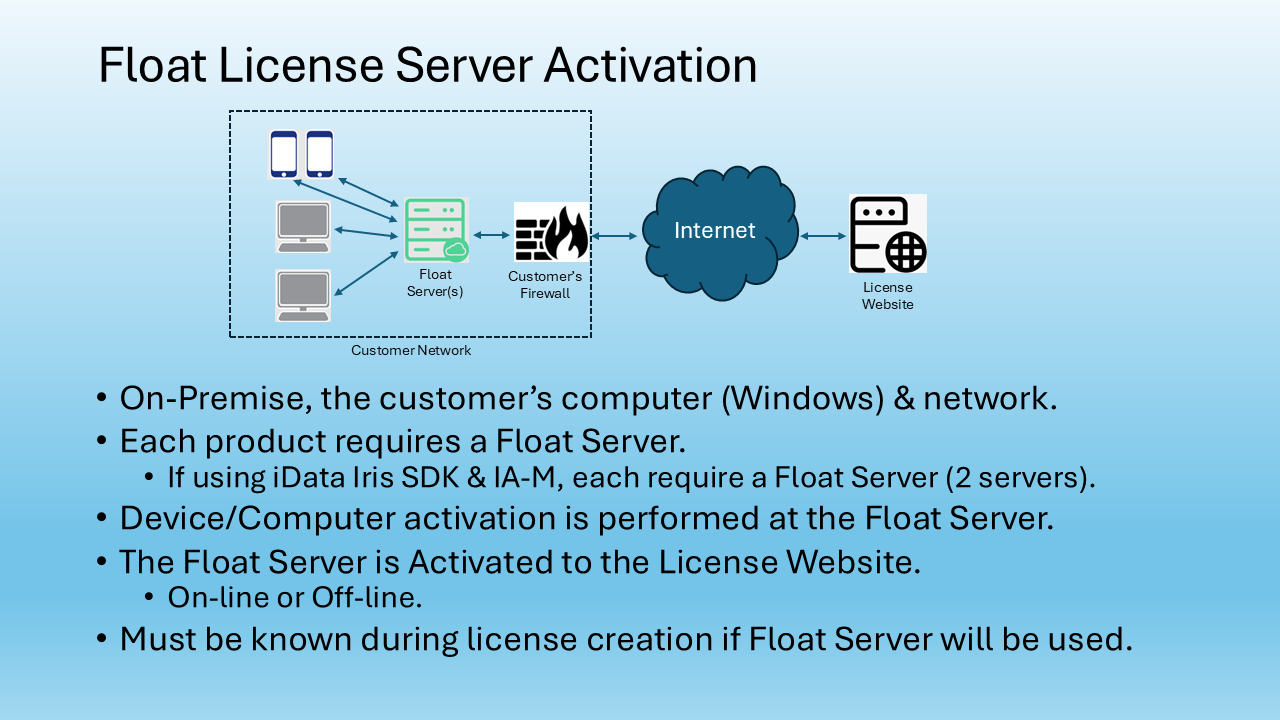“The face is the mirror of the mind, and eyes without speaking confess the secrets of the heart.” When St. Jerome expressed these sentiments centuries ago, he couldn’t have imagined that his words would apply to iris identification, and in such a profound way.
St. Jerome’s sentiments were universal, and now so are the biometric technologies that his words foreshadowed. Once the province of first-world countries, recognition technologies are becoming commonplace solutions in less developed parts of the world.
Consider developing countries, where the challenge of registering voters can be immense. Limited infrastructure, illiterate populations, and lack of government-issued identification are just a few of the obstacles. In addition, underlying fears of corruption, and voters who attempt to register more than once, can plague the democratic process.
To overcome these obstacles, some nation- states are turning to biometrics for fairer, more transparent elections. Fingerprints have been used for elections in developing countries the world over, including in Brazil, Tanzania, and Uganda.
But fingerprints have certain limitations when it comes to biometric identifiers, including that the ridges on a person’s fingers can be worn down over time, and there are a limited number of unique “points” to map on each individual’s prints. The iris, however, contains more data that can be used to identify a person, including nuanced flecks, rings, and pigmented spots.
Somaliland is a self-declared state that separated from Somalia in May of 1991. While internationally recognized as an autonomous region of Somalia, it is not legally a separate country. With the help of a nongovernmental organization, Interpeace, and a number of technology partners, Somaliland is using iris identification technology to register voters. Until this project, deploying the necessary technology to capture iris scans across a population for democratic voting had never been attempted.
One of the many biometric vendors surveyed during the study was Iris ID. During the field study, its iris-recognition camera and software application helped to register thousands of voters in a test phase. After the study, the NEC identified the product as the most effective technology for registration, and, in March 2015, Iris ID was awarded the contract.


